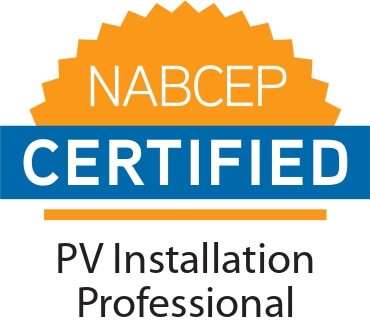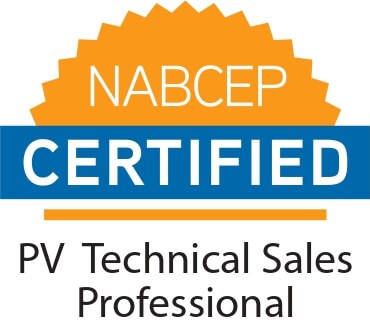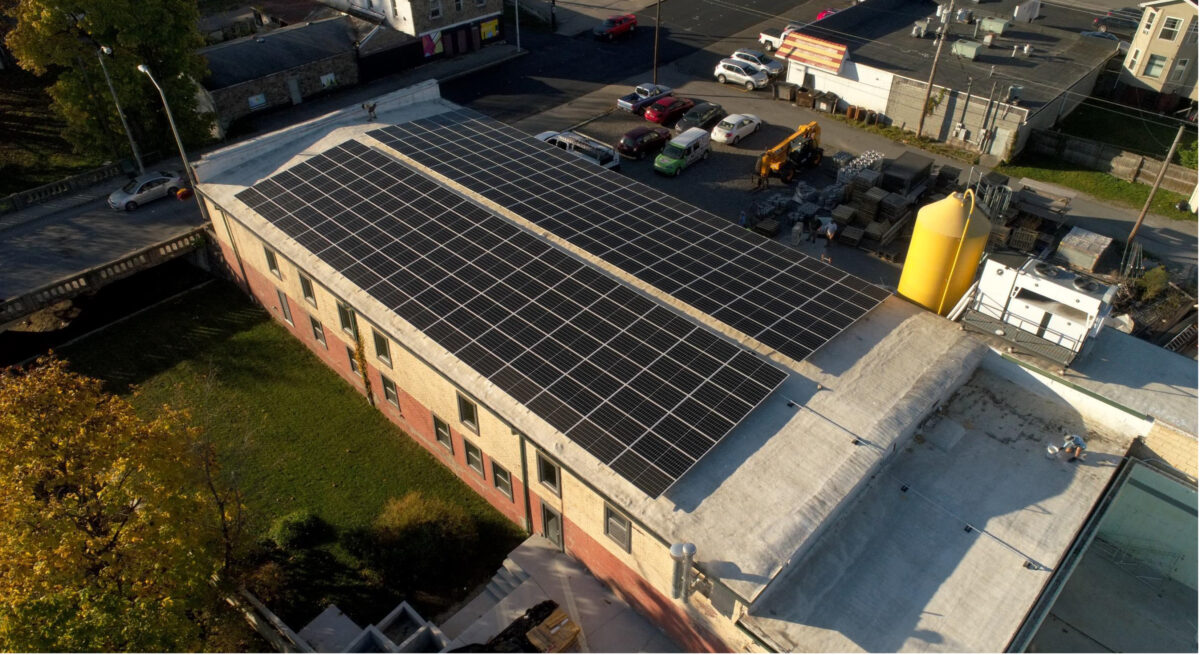
Ernst Market’s rooftop solar installation in Clear Spring, MD saved enough on electricity to pay for itself in two years.
In today’s economy, solar power can keep your business in business.
Businesses like yours have three main cost drivers–labor, taxes, and electricity. In today’s inflated economy, the cost of electricity is skyrocketing. From June 2021 to June, 2022 it rose 41.6%, according to Bureau of Labor Statistics data. And that’s affecting businesses across the country in a big way.
That same month, Century Aluminum Company shut down America’s second-largest aluminum mill, in Hawesville, KY owing to electricity costs. Alcoa closed a third of production at its Indiana mill. Steel mills suspended some operations to cut energy costs.
And all that was before 2022’s wave of summer electric shortages and blackouts.
Big solar savings for small businesses
But as electric rates go through the roof, a solution could be on your roof, in the form of a Milestone solar installation.
Even if your business isn’t as electricity-intensive as an aluminum mill, plenty of smaller businesses go through plenty of kilowatt-hours.
Car dealerships use lots of electricity for showing off inventory in their lots (and preventing theft) at night, for heating and air conditioning, and for powering the computers, security systems, and tools in the service bays.


Auto Body Shops – Whether independent or part of a dealership, a body shop’s paint booth air heaters are big electricity consumers.
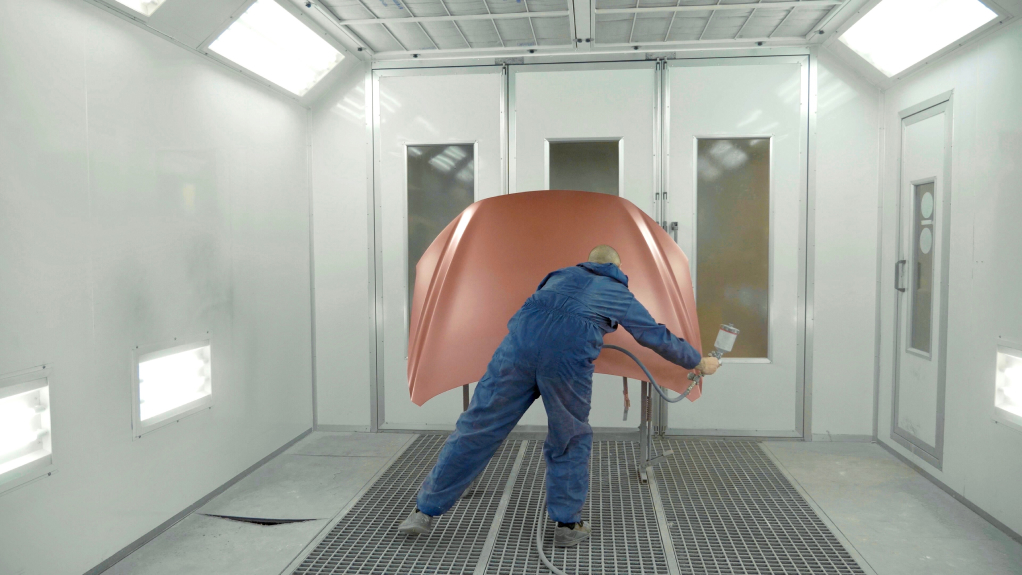

Gas station convenience stores – Those bright lights by the pumps out front and the refrigerators, freezers, and air conditioners inside don’t power themselves.
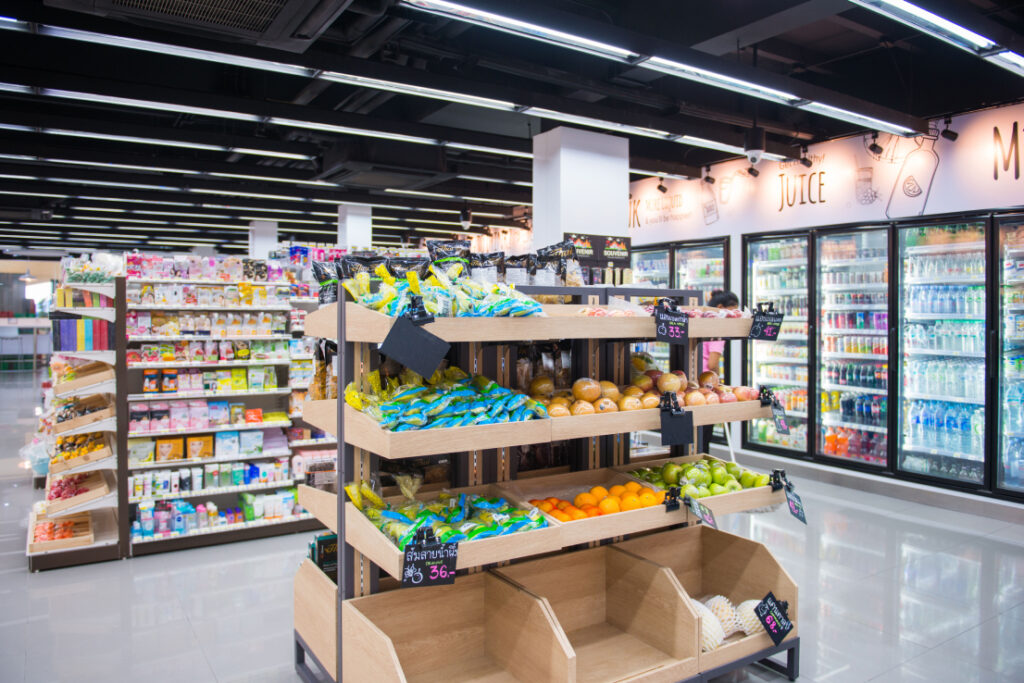

Groceries – Keeping constant temperatures inside refrigerators and freezers (particularly those that that customers keep opening and closing), and in open refrigerator and freezer cases, eats up lots of electricity.
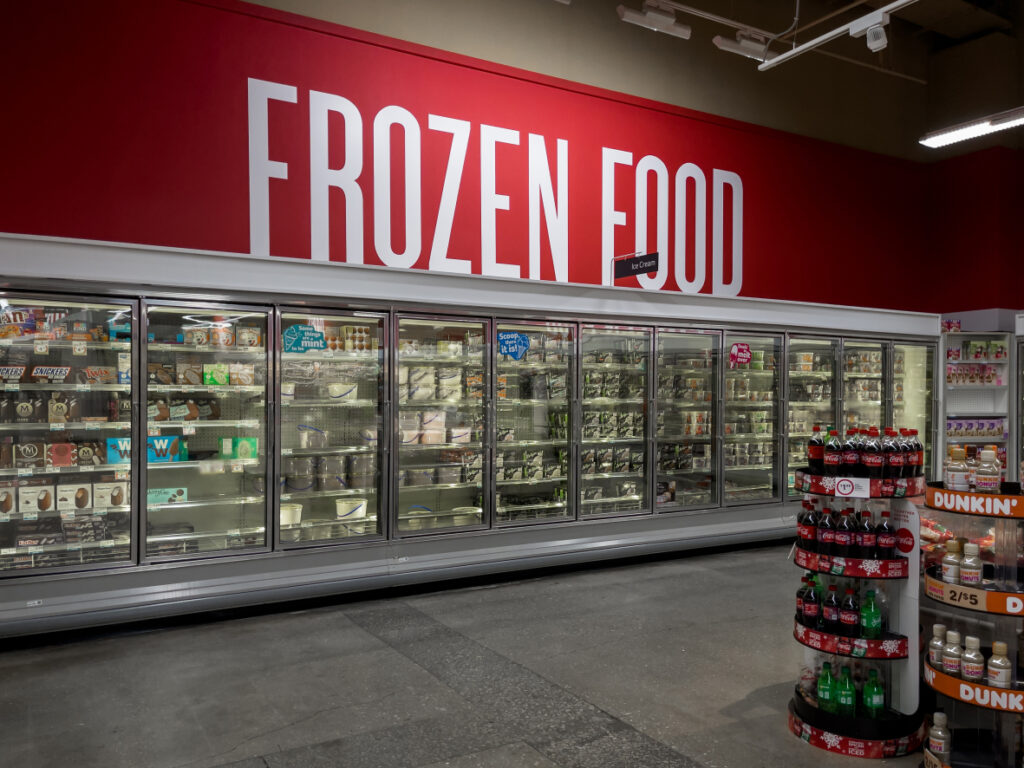

Bakeries, Delis, Restaurants – Whether standalone or part of a supermarket, ovens, other kitchen equipment, and refrigeration all increase power consumption.


Motels and B&Bs – As 24-hour establishments, motels have high energy costs – not just for round-the-clock lighting and HVAC, but also for operating any onsite kitchens or restaurants. B&Bs have many of the same electricity costs, but on a smaller scale.
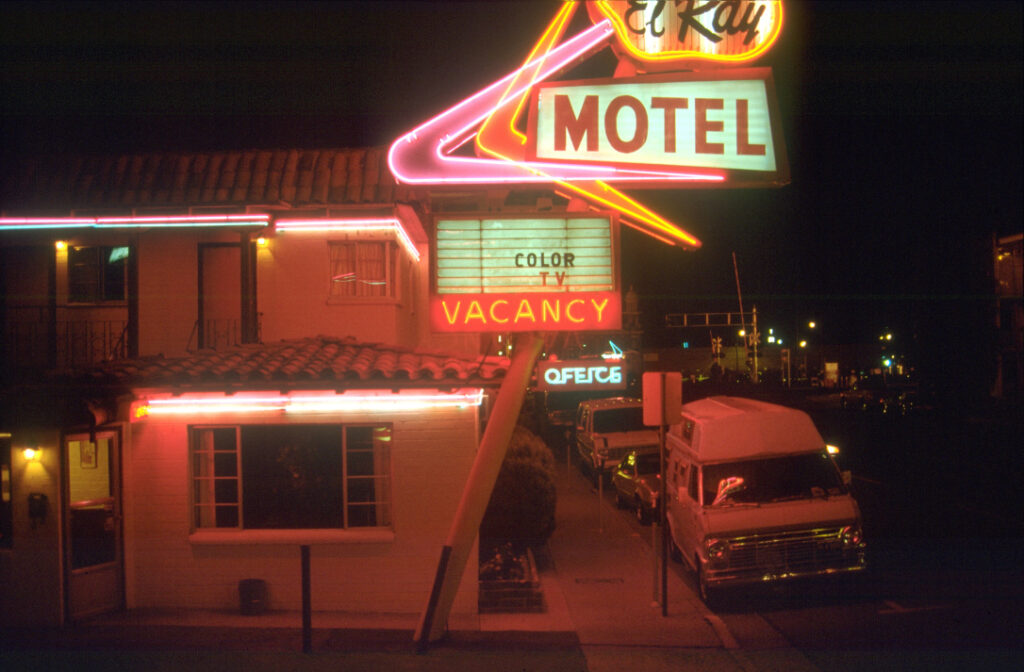

Dry Cleaners – Electricity can consume 25% of total operating costs, with steam boilers accounting for 20-80% of energy costs.
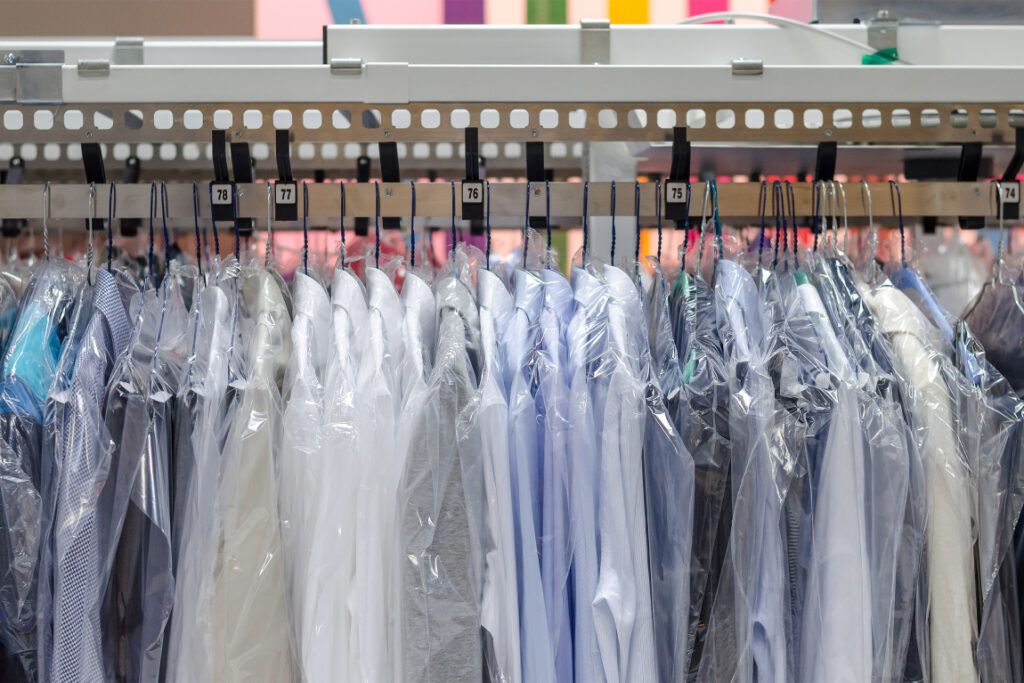

Craft Breweries in West Virginia, for example, turn out 23,630 barrels a year, according to the Brewers Association. Between refrigeration, packaging, and compressed air, it takes from 50 to 66 kWh of electricity to produce just one barrel of beer. At 12¢ per kWh of local electricity, that’s $6 to $7.92 per barrel, adding up to as much as $187,150 to the cost of one year’s statewide production.
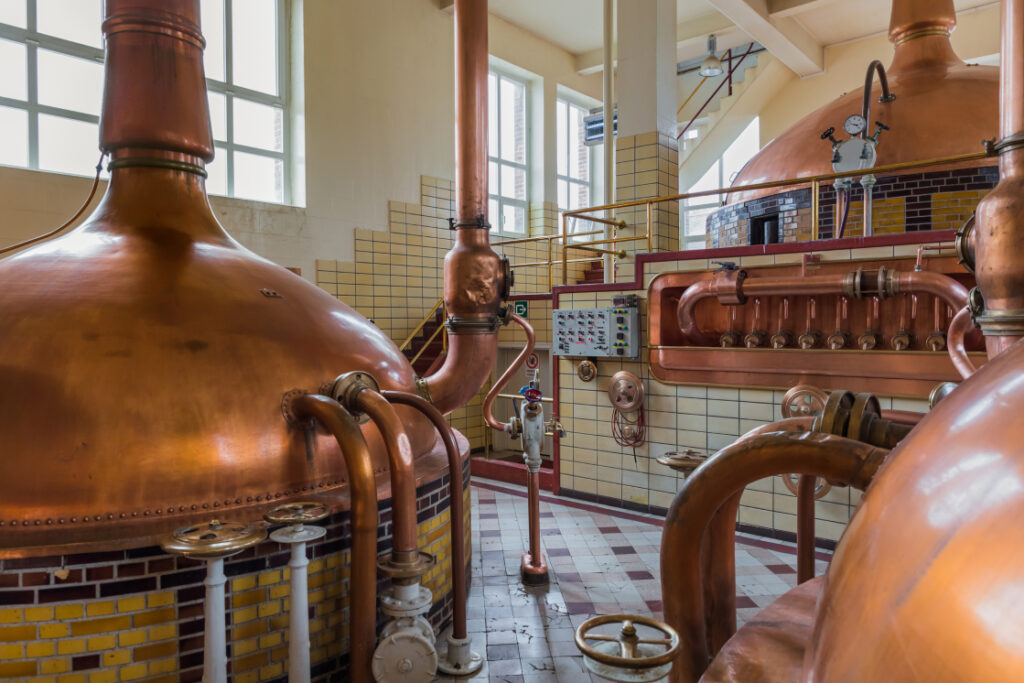

While farms’ operations use more electricity than five average houses, much of their acreage is too far from power lines to affordably connect. But electricity from off-grid solar installations can pump cattle tanks and water wells, irrigate crops, and ventilate buildings in remote areas.
How much of a difference can a solar power system make?
Well, the Ernst Market’s Milestone Solar installation in Clear Spring, MD paid for itself in just two years, offsets 15 to 20% of huge electricity bills, and is projected to provide 20% ROI over its first ten years.
The Town of Man and Village of Beech Bottom (WV) town halls get 50% of their annual electricity needs from Milestone Solar installations, and the Hedgesville branch of the Martinsburg-Berkeley County Public Library gets 100%
Solar power can cut the power you have to buy from your local electric company by as much as half – and bring in revenue from selling leftover solar-generated power. It can earn you substantial federal tax credits. And, if your business is in a community of 50,000 or less, we can help you qualify for $2,500 to $500,000 in subsidies from the USDA’s REAP program.
You’re one click away from starting to cut energy costs
When you contact us for a free solar assessment, we’ll determine your monthly electricity needs and use satellite imagery to make sure your commercial building’s orientation and shading are right for solar. Then, we’ll conduct a free on-site survey, measuring your roof’s area and examining its structure and condition. (If for any reason your rooftop’s not right for a commercial solar energy system, we can also offer ground-mount and parking canopy alternatives. Many other installers can’t.)
Before we install solar panels, we’ll give you completely detailed custom plans, itemized lists of materials and delivery schedules – that we stick to. (Those materials, incidentally, include Panasonic and REC, the world’s highest-performance and most efficient solar panels, with extended warranty.)
Because we choose to do dozens, not hundreds of solar installations a year, we can take the time to do your custom installation right, at no extra cost to you – even including best practices quality steps, like flashing all roof penetrations.
And 45 days after completion, we’ll follow up to make sure your Milestone Solar installation is performing every bit as well as we promised.

